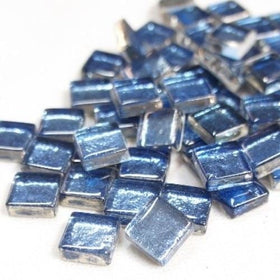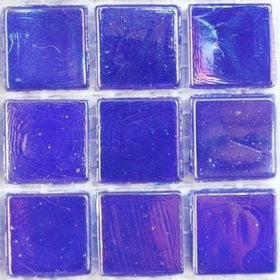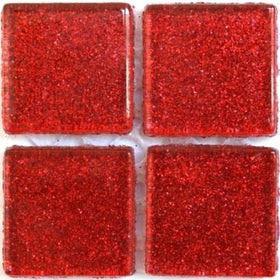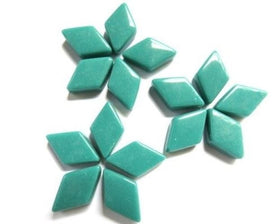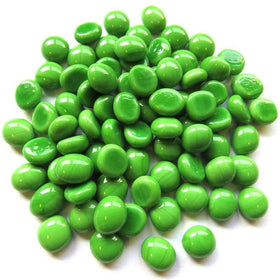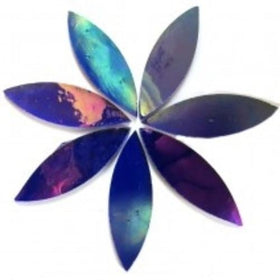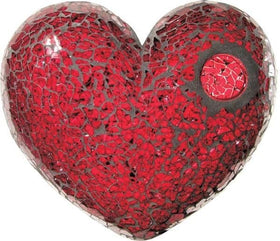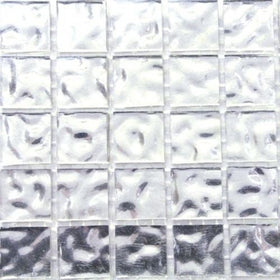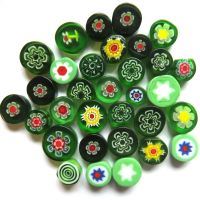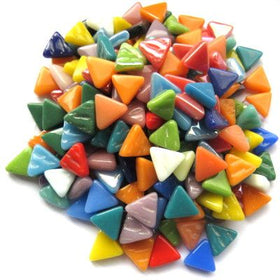
Mosaics: A Look at the Inventors and Innovators Behind This Ancient Art Form
Mosaics are a type of decorative art that have been around for thousands of years. They involve the creation of intricate designs using small, coloured pieces of stone, glass, or other materials. But who invented mosaics, and how did this art form develop over time? In this article, we'll take a closer look at the history of mosaics and the individuals who played a role in its creation and evolution.
The origins of mosaic art can be traced back to the ancient civilisations of Mesopotamia and Egypt, where they were used as decorative elements in buildings and tombs. These early mosaics were created using natural materials such as clay, shells, and coloured stones. Over time, the technique evolved to include more intricate designs and the use of glass, which was favoured for its vibrant colours and translucency.
While it's difficult to pinpoint one individual as the inventor of mosaic art, there are a few notable figures who played a significant role in its development. One such figure is Sosus of Pergamon, a Greek artist who lived during the 2nd century BC. Sosus is credited with developing the opus vermiculatum technique, in which you lay tesserae to emphasise an outline around a subject by adding one or more rows to create a contrast. This technique allows you to create more detailed and realistic designs.

Heracleitus, Public domain, via Wikimedia Commons
Another important figure in the history of mosaics is Asclepiades of Arados, an ancient Phoenician (now Syrian) artist who created the impressive mosaic floor design at the House of the Dolphins on the island of Delos. The mosaic, which is one of only two examples from Delos that bear a signature of the original artist, features a peristyle floor design with a circle enclosed by a square outline. It is unique for Delos and features pairs of dolphins ridden by tiny winged figures bearing the emblems of various Greek deities, surrounded by a central rosette design and floral garlands.

Zde, CC BY-SA 4.0, via Wikimedia Commons
As the technique of creating mosaics evolved, so too did the styles and designs that were created. During the Byzantine Empire, for example, mosaics were used extensively in religious buildings and often depicted scenes from the Bible or the lives of saints. These mosaics were created using a more formal, symmetrical style, with figures often arranged in a hierarchical order.
In the Islamic world, mosaics were used to create intricate geometric designs that often incorporated calligraphy and other decorative elements. These mosaics were typically created using glazed tiles, which allowed for a wider range of colours and more intricate designs.
In the modern era, mosaics have continued to evolve and change. Artists today use a variety of materials, including glass, ceramics, and even recycled materials, to create unique and innovative designs. Mosaic art is now used in a variety of settings, from public art installations to private residences.
Mosaic art is an ancient and enduring art form that has been shaped by the creativity and ingenuity of countless artists and artisans over the centuries. While it's difficult to pinpoint one individual as the inventor of mosaics, figures such as Sosus of Pergamon played a significant role in its development. From its origins in ancient Mesopotamia to its continued evolution in the modern era, mosaic art remains a beloved and timeless form of decorative art. If you're interested in creating your own mosaic art, be sure to check out our shop where you can find a wide selection of mosaic tiles and accessories.



